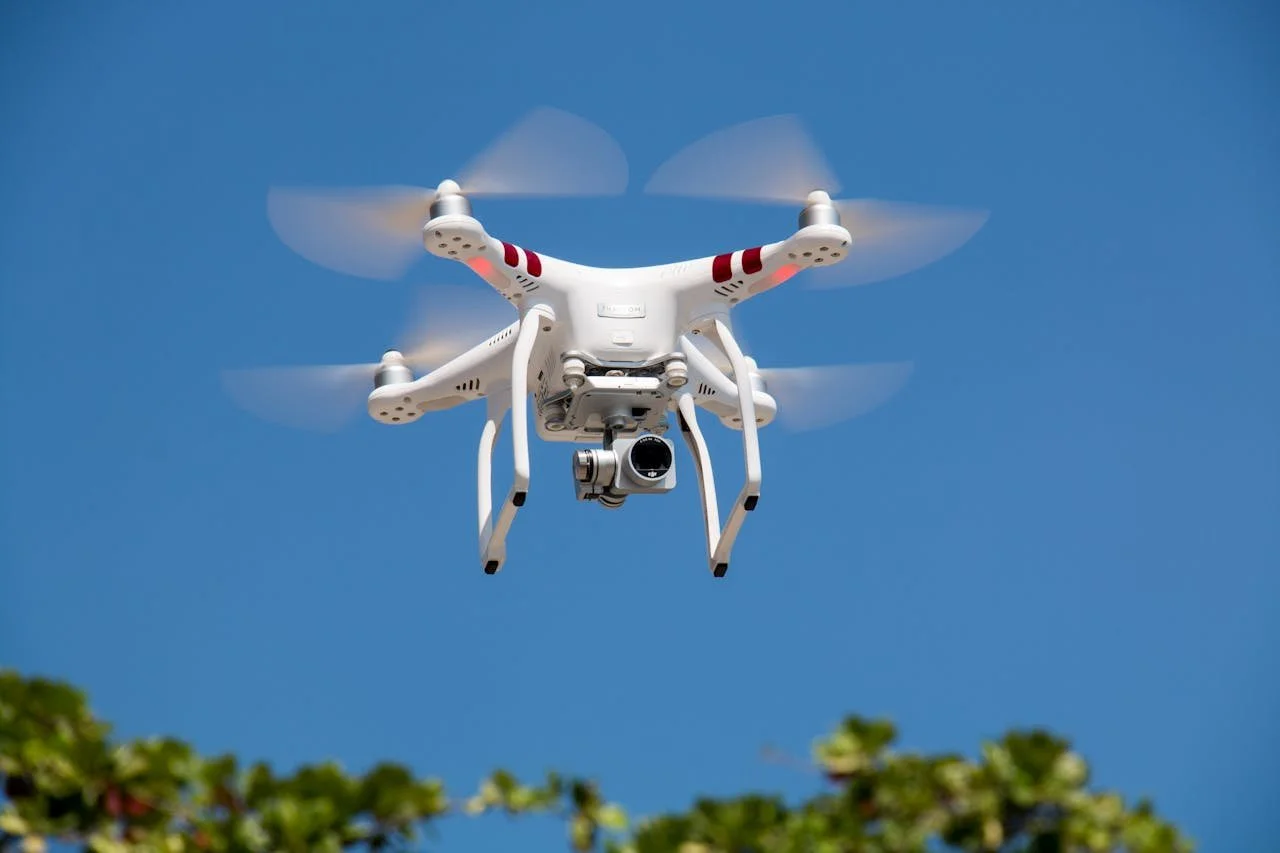FAA looks to expand drone delivery
by Daniel Fink, MD, Chair, The Quiet Coalition
Photo credit: Photo by Inmortal Producciones
ABC News, among other media outlets, reported that the Trump Administration’s Federal Aviation Administration looks to expand drone delivery in the United States. Under the proposed rule, drones will be allowed to fly beyond the current visual line of sight requirements, at altitudes under 400 feet. The FAA would allow drones to be used across the country for package deliveries, agriculture, aerial surveying, public safety and recreation. Under current regulations, drone operators need individual waivers or exemptions to use drones beyond the visual line of sight. For those who care about the details, here is a link to the FAA’s proposed draft regulations.
ABC reports that drones will be limited to a maximum of 1,320 pounds and that drone operators would need to “identify the boundaries and approximate number of daily operations, as well as takeoff, landing, and loading areas.” According to CNBC, commercial giants Amazon and Walmart are already doing drone deliveries in a handful of states, with further expansion planned, although the number of deliveries has remained small. Drone delivery is already used in Australia, where there have been more than 1.5 million deliveries.
We have concerns about the noise that drones make. According to the NexTech website, drones make noise in the 70-85 decibel range. NexTech mistakenly cites the industrial-strength 85 decibel noise level as safe, but that’s the safe noise exposure for occupational noise exposure. The National Institute for Occupational Safety and Health’s safe noise exposure level is 85 A-weighted decibels, with the sound measurements adjusted for the frequencies heard in human speech.
According to the Environmental Protection Agency and World Health Organization, the safe daytime noise levels for non-auditory health impacts is only 55 decibels. WHO recommends only 40-decibel noise levels at night. It appears that drones will make unsafe noise levels common, disturbing those unfortunate enough to live under their flight paths.
Additionally, there are safety concerns for pilotless aircraft weighing more than 1,000 pounds flying around towns and cities. Aviation safety has deteriorated dramatically recently, with almost daily news reports of fatal airplane crashes and near-misses. We hope the safety record for drones will be better than that.
Only time will tell.

